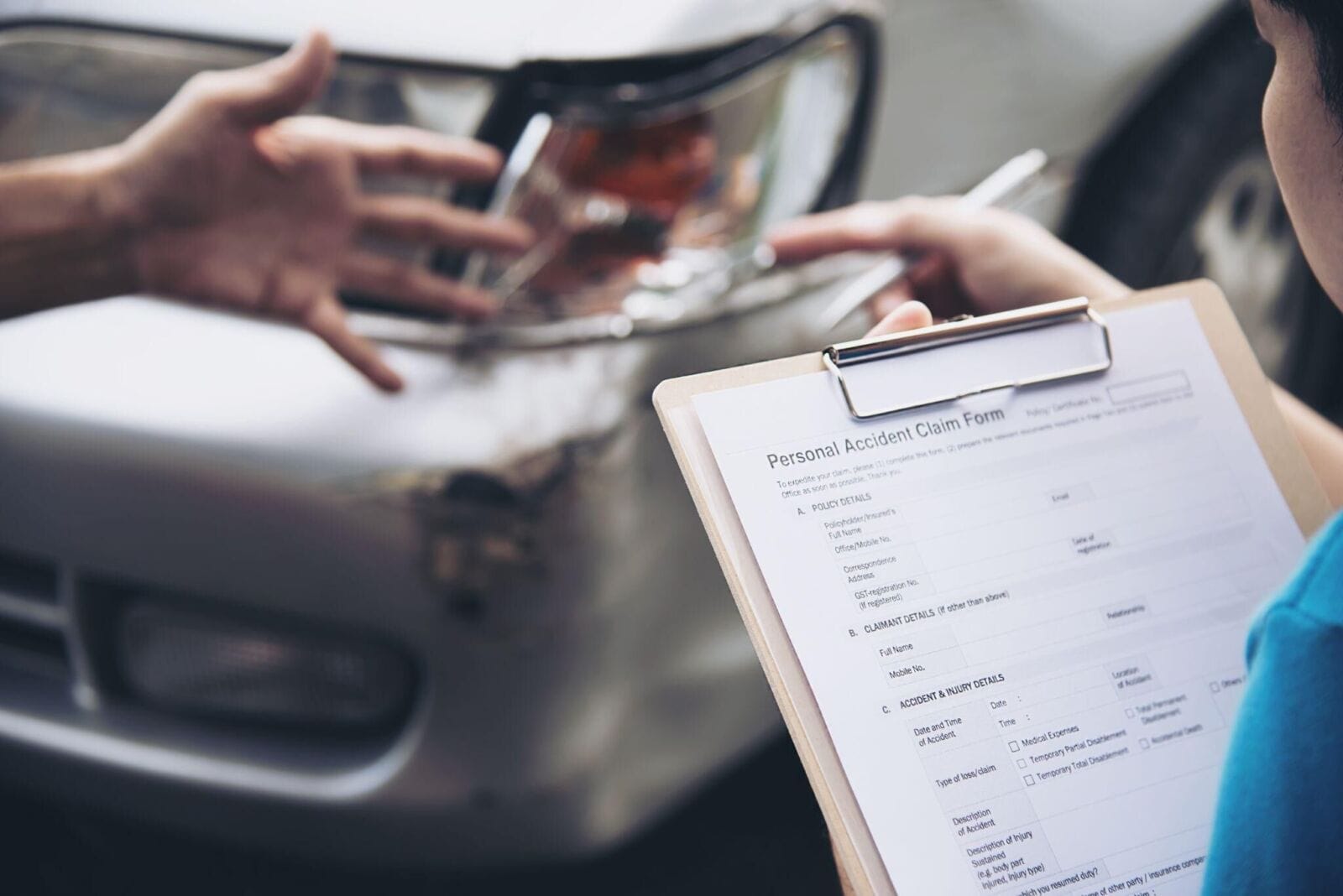A workplace traffic accident can throw everything off balance in a flash. One minute, it’s business as usual.
Next, you’re dealing with a scene you never expected. Emotions run high, and decisions need to be made quickly. What you do next matters – for everyone’s safety, for legal protection, and for keeping things moving forward without bigger problems.
It can feel overwhelming, but staying calm and following the right steps will ensure you manage the situation effectively.
Here’s a clear, no-nonsense guide to handling it the right way.
1. Make Sure Everyone’s Safe
First things first: check yourself, then check everyone else. If anyone looks hurt, even a little, call 911 right away. Don’t guess or wait it out. Some injuries sneak up later, and ignoring them could make things worse for everyone involved.
Even if injuries seem minor, seek medical help immediately. Quick medical attention also creates an official record, which can save a lot of hassle down the road. It helps protect both your health and your legal position if complications arise later.
2. Get Out of Harm’s Way
If the vehicles can still move and it’s safe, pull over to the shoulder or a nearby parking lot. Turn on hazard lights so other drivers know you’re stopped. If moving isn’t an option, stay put and make the car as visible as possible.
Place warning triangles or cones if available. You’re better off dealing with angry honking than risking a second collision. Prioritize safety at all times, even if it causes minor delays. Staying visible reduces the chances of further accidents and ensures everyone is protected.
3. Bring in the Police
Always call the police, no matter how small the crash feels. A formal report backs you up when dealing with insurance claims, workplace policies, or legal stuff later. If you’re unsure about your rights or need legal guidance, consider reaching out to a Phoenix auto accident attorney. When officers show up, stick to the facts.
No guessing, no blaming. Just a clear explanation of what happened. Keeping things factual will help avoid complications and ensure that everyone involved stays protected, including you.
4. Grab Every Bit of Evidence You Can
Your phone is your best friend right now. Snap photos of everything – the cars, license plates, road conditions, skid marks, traffic signs, and anything else that seems important.
Get names and contact info from the other driver and any witnesses nearby. Jot down notes about the weather, traffic flow, Arizona job data if it’s relevant (like if someone mentions being late for work), and anything odd you noticed right before the crash. The sooner you capture the details, the better.
5. Loop in Your Employer Fast
If you’re the employee, call your boss or supervisor once you’re safe. Don’t wait until tomorrow. Even minor accidents should get reported immediately – it protects you and helps the company take the right next steps.
If you’re the employer hearing about it, don’t drag your feet either. Help the employee get any needed medical care, document everything on your end, and alert your HR or legal teams if needed.
6. Handle the Paperwork Right Away
There’s usually paperwork. Lots of it. Depending on the situation, you might need to:
- File a workers’ comp claim
- Complete an internal incident report
- Contact your insurance company
- Notify OSHA (especially if someone got seriously hurt)
Make sure everyone knows who’s responsible for filing what. Missed steps can cause insurance headaches, slow down claims, or worse – open the door to lawsuits later.
7. Get Expert Help Before Things Spiral
Once the dust settles, bigger questions pop up. Who’s at fault? How will insurance handle it? Should you expect a workers’ comp claim or a lawsuit?
Instead of guessing, pull in a legal expert who knows how to handle workplace traffic accidents. Good advice early on can save money, time, and a whole lot of stress.
Stay Sharp, Stay Organized, Stay Ahead
Workplace traffic accidents happen. What matters most is how you handle them.
Focus on safety first, document everything, keep your people informed, and don’t wait too long to bring in professional support.
A smart, steady response protects your business and shows your team they can trust you, even when the unexpected hits.




